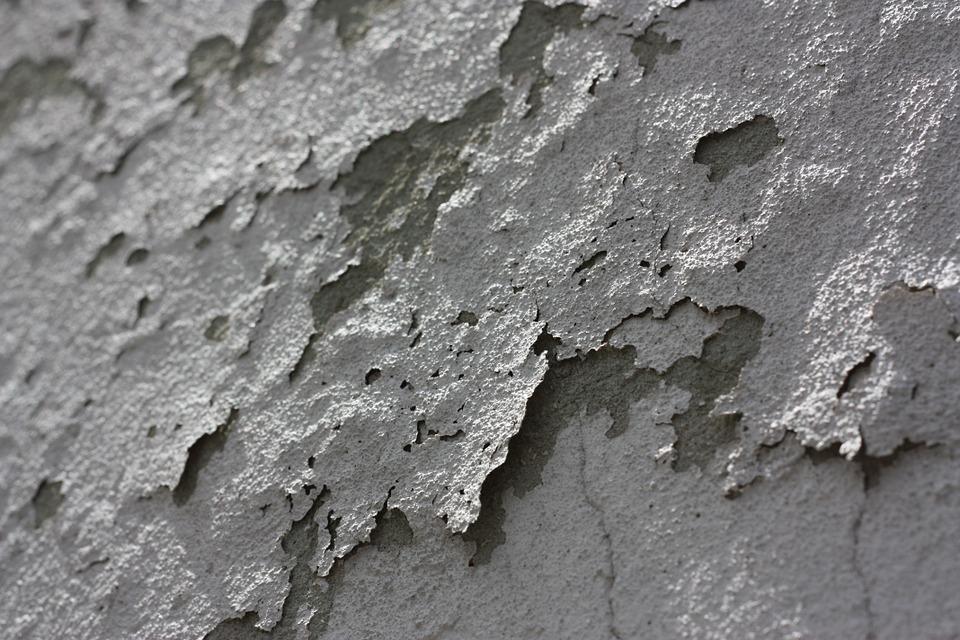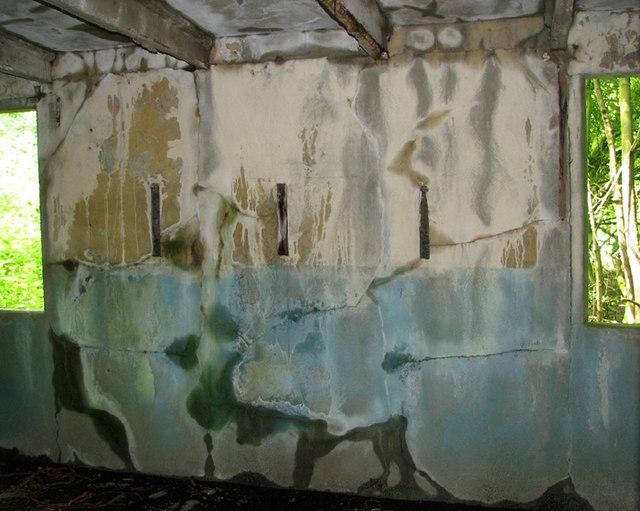Dampness in Buildings

Dampness in buildings occurs when water enters the structure, at the ceiling, walls or floor. If left untreated, this can lead to a number of problems for the owners of the building. Damp is a greater problem in buildings that were constructed before 1919, as these allow water to enter ad exit freely and do not contain the impermeable barriers found in more modern structures.
Types of Dampness in Buildings
There are three types of damp found in buildings::
§ Condensation is found inside buildings and occurs when warm, moist air meets a cooler surface.
§ Rising Damp is due to the walls absorbing moisture from the ground.
§ Penetrating Damp is when water enters through the walls, due to a lack of guttering for draining rainwater, or because there is no waterproofing on the exterior of the building.
Effects of Dampness in Buildings
Damp can lead to the structure of the building being weakened, particularly any timber-framed areas, such as the roof. If the moisture enters the electrical circuits, this can lead to corrosion and short circuits being formed. Damp inside the building can lead to the growth of mould, and the development of dry and wet rot. These can lead to health problems for the occupants of the building.
Some of the earliest signs of damp include peeling paint, dark spots on the walls, and damage to carpets or furniture.

Causes of Dampness in Buildings
The most common cause of dampness in buildings is a design that does not factor in the outside environment. The amount of rainfall, soil type and gradient can have a huge impact on the damp-prevention needed for a building.
Improper ventilation and non - uniform heating
Insufficient ventilation causes accumulation of moisture and the development of cold spots inside the house, resulting in condensation. The presence of trees too close to the house raises humidity levels and prevents the flow of air around the house.
Insufficient maintenance is another reason for dampness in buildings. Insufficient upkeep results in blockages in the drains and rainwater gutters. Any damage to the outside of the building can increase the water entering through the walls. Many traditional buildings have porous walls, so require regular coats of paint.
Prevention of Dampness in Buildings
Preventing dampness in buildings requires correct maintenance, on a regular basis. Drains and gutters should be cleared when necessary.
Proper ventilation inside the house can be achieved by allowing free flow of natural air whenever possible, with the use of extractor fans in kitchens and bathrooms to reduce the moisture in the air.
Uniform internal heating (around 15o to 20oC) prevents cold spots that result in condensation, and the growth of mould.
Conclusion
Dampness in buildings can cause serious problems for the building’s structure, and the health of any inhabitants. Preventative maintenance is the best way to prevent damp.
To learn more about Rising Damp and Dampness Prevention, contact Rising Damp Sydney at 02 9059 1946.



